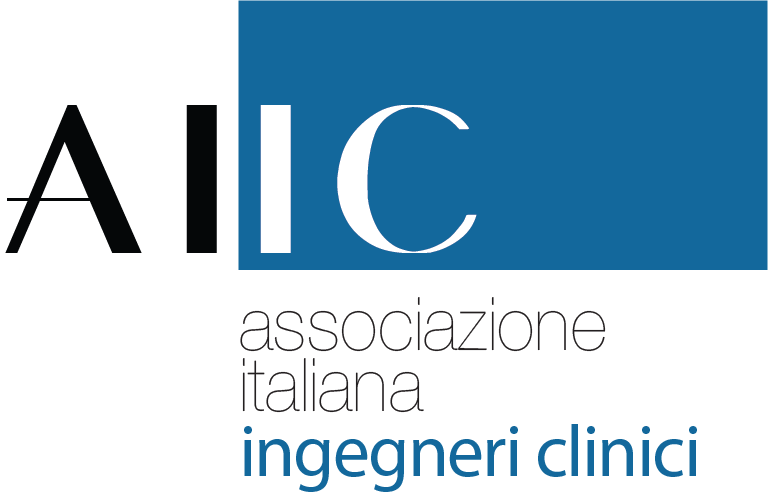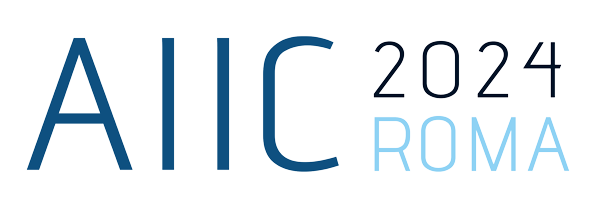

AFFILIAZIONE
irccs istituto tumori ‘giovanni paolo ii’
AUTORE PRINCIPALE
Dr Massafra Raffaella
VALUTA IL CHALLENGE
Registrazione obbligatoria. Una valutazione consentita
[ratingwidget]
GRUPPO DI LAVORO
PhD Fanizzi Annarita irccs istituto tumori ‘giovanni paolo ii’
Phd Comes Maria Colomba irccs istituto tumori ‘giovanni paolo ii’
dr Bove Samantha irccs istituto tumori ‘giovanni paolo ii’
Phd Comes Maria Colomba irccs istituto tumori ‘giovanni paolo ii’
dr Bove Samantha irccs istituto tumori ‘giovanni paolo ii’
AREA TEMATICA
Applicazioni di intelligenza artificiale in sanità
ABSTRACT
Several studies have emphasized how human papillomavirus (HPV) -positive (HPV+) and -negative (HPV–) oropharyngeal squamous cell carcinoma (OPSCC) has distinct molecular profiles, tumor characteristics, and disease outcomes. Different radiomic based prediction models have been proposed in literature, also using innovative techniques like convolutional networks. Although some of these models have presented encouraging performance’s results, there is a lack of works explaningthe role of radiomic features in achieving a specific outcome. In this paper, we propose the preliminary results related to an explainable HPV status prediction model. We used 499 patients (356 HPV+ and 143 HPV-) extracted from OPC-Radiomics public dataset to train end-to-end In-ception-V3 convolutional neural network (CNN). Moreover, we have collected a multicenter da-taset consisting of 92 patients (43 HPV+, 49 HPV-). Gross Tumor Volume (GTV) was extracted from pre-treatment CT images and used to train a CNN. The ten models trained on balanced subsamples of test set were applied to the private test sample. The majority voting technique was therefore applied on the binary result. Finally, we applied Gradient-weighted Class Activation Mapping (Grad-CAM) interpretability technique. On the independent test, the proposed model reached an AUC value of 73.50%. The performed XAI algorithm, i.e. GRADcam, shown that the most involved areas in the decision-making process of the classifier, are those within the image and those on the edges. With reference to correctly classified HPV+ patients, the most informative areas are those more internal to the tumor, whereas for correctly classified HPV- patients, the areas most involved seem to be concentrated on the edges. The classification model provided the end user an additional information with respect to the accuracy of the classification, given by the visualization of the areas of greatest interest for predictive purposes for each case examined. Such a support tool could help to increase confidence in using the AI model, less understood as a black-box.


